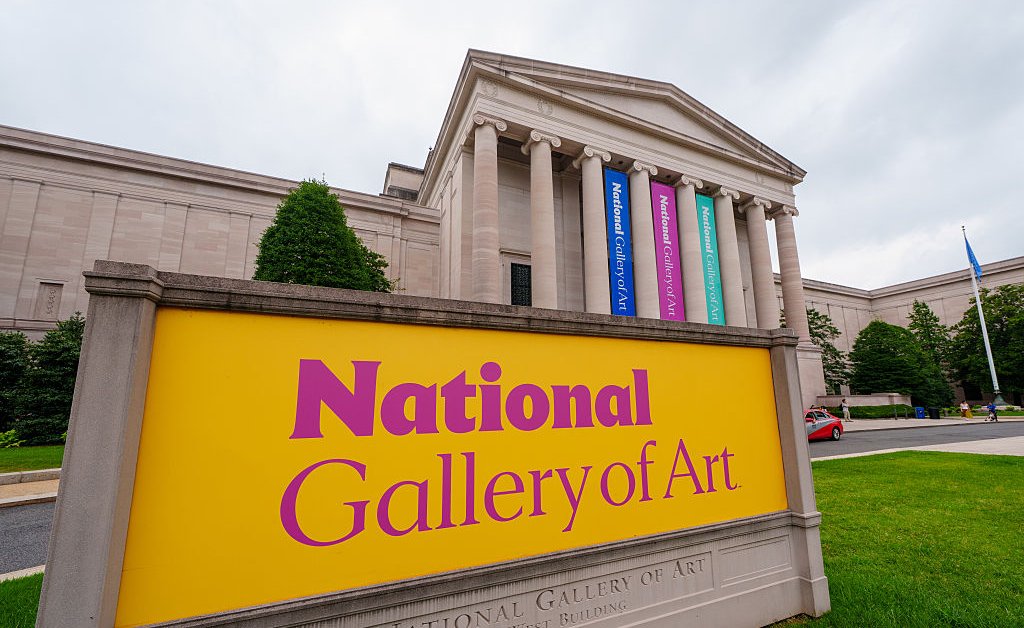Smithsonian museums and the National Zoo will close to the public starting Sunday if the federal government shutdown continues, another visible sign of how the budget impasse in Congress is beginning to ripple across everyday life.
The closures would affect some of the most popular tourist attractions in Washington, D.C.—including the National Museum of Natural History, the Air and Space Museum, and the National Zoo—which have used prior-year funds to stay open since the shutdown began on Oct. 1. Those funds appear to be set to run out by October 11.
The institution, which is funded roughly two-thirds by federal appropriations, said that while exhibits will close, animal care at the zoo and its Conservation Biology Institute in Virginia will continue uninterrupted. “A shutdown will not affect our commitment to the safety of our staff and standard of excellence in animal care,” a frequently asked questions page on the National Zoo website says. The zoo’s Giant Panda Cam and other live animal webcams, which depend on federal staff to operate, will go dark during the shutdown, the zoo said.
The impending closures come as the government shutdown enters its second week with no clear path to resolution. Since the shutdown began on Oct. 1, hundreds of thousands of federal workers have been furloughed, national parks have closed visitor centers, small-business loans have been delayed, and the Bureau of Labor Statistics halted the release of key economic data, including the September jobs report. Airport staffing shortages have also caused thousands of flight delays nationwide.
If the impasse drags on, more programs are expected to be affected: funding for rural air travel could lapse by mid-October, court operations could wind down soon after, and federal nutrition assistance for mothers and children may begin running out by the end of the month. By early November, the shutdown would surpass the record length of 34 days set in 2019.
Congress remains deadlocked over a demand by Democrats to extend Affordable Care Act subsidies that are set to expire at year’s end. Republicans need a handful of Democrats in the Senate to back their funding measure to reopen the government. A small group of lawmakers have begun talking about possible off-ramps, including temporary extensions of health care subsidies to reopen the government. But the White House and congressional leaders remain far apart, with no formal negotiations underway.
As the standoff continues, President Donald Trump has threatened to lay off scores of furloughed federal workers, and deny them back pay once the government reopens—both of which would be breaks from decades of precedent.
Read the full article here


